A Hard Day’s Night for Digital Legacy – The Lost Beatles Recordings
Great work will never die in today’s ever expanding online digital world. According to the IDC “The digital universe is growing 40% a year into the next decade. By 2020 it will contain nearly as many digital hits as there are stars in the universe.” In fact, according to Science Daily, 90% of all the world’s data has been written in the past 2 years. Wow. That is an incredibly daunting idea. Literally 90% of the information that is readily accessible to the world today was not available only 2 years ago.
While imagining the sheer magnitude of all this data is overwhelming, studying this information on a more local, individual level is far easier to wrap your head around.
Let’s take a look at the Beatles first Big Screen appearance in the film, A Hard Day’s Night, for example. In examining the 50th anniversary restoration process for the film, technicians needed to compensate for the original recordings (which had been lost) of what is now widely considered the most inspirational musical group ever. Imagine that, the original recordings were lost.
An incredibly foreign idea today in a day and age that with one quick internet search can find you thousands of Kids Pop covers of every song ever done. So how were these recordings lost in history? Well, despite Beatlemania, apparently some doubt still existed as to whether or not The Beatles would make a serious lasting impact; and who wants to track down and organize a possible “one hit wonders” second and third album? I’m 1960, the answer was no one; apparently not even for the Beatles. Today, this is routinely done for even small artists. It may have been a Hard Day’s Night to make a lasting footprint back then, but now, there’s almost no one left without an online footprint. The solid win for all of us is that great work never dies in today’s online digital world, and as a result, we are all, always building a digital legacy for lifetimes to come.
Let’s look at the Lennon legacy. Everyone is probably aware of John’s journey from Liverpool, his work with the Beatles, his marriage with Yoko Ono and his untimely death. But what about his children? Julian, John’s eldest son, has expanded his own musical career, fighting through adversity often faced by platinum artists children, attempting to get out of the shadow of their musical parents. (Luckily for humanity, in addition to his music, Julian has made great strides in his White Feather Foundation, raising funds for a more sustainable future for the planet.) And Sean, John’s youngest son is touring with bands like the Flaming Lips and Tame Impala while releasing his own albums and unique sound.
Our digital footprints go beyond music, of course, Paul McCartney’s daughter Stella need only be Googled to find pages and pages of images of her enormous impact on fashion. And of course, the remaining Beatles themselves continue to make great music and build their legacy, both online and off.
So while the early pieces of Beatles history have been lost, their legacy will not be forgotten and in fact, continues to grow and grow. Living on in their new accomplishments, their children, their fans, and in an online database for everyone to access, so no one will forget.
Until next time,
Kelli Richards, President, CEO of the All Access Group, LLC
PS: Subscribe to my FREE All Access Group Newsletter https://bit.ly/AAGNewletter
PSS: Listen to an entire library of intimate discussions with industry visionarieshttps://bit.ly/AllAccessPodcastSeries (Priceless)










